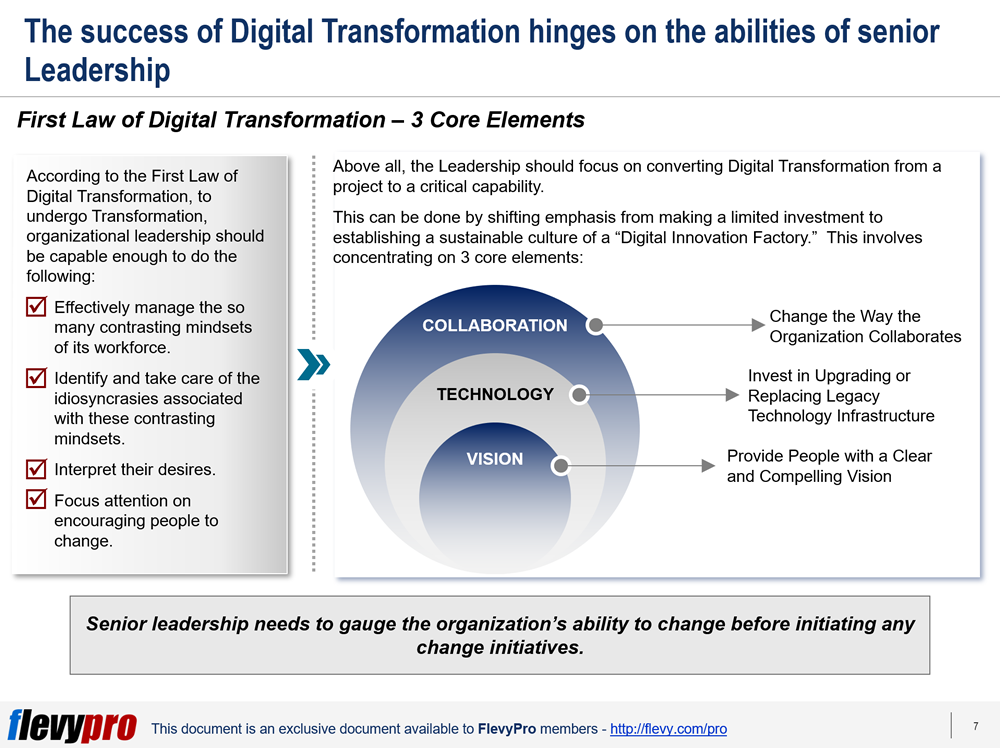Gordon Moore, Intel co-founder, observed that the number of transistors in a dense integrated circuit doubles about every two years. He projected that this rate of growth would continue for at least another decade.
His observation, termed the “Moore’s Law,” has correctly predicted the pace of innovation for several decades and guided strategic planning and research and development in the semiconductor industry. Moore’s law is based on observation and projection of historical trends.
In 2015, Gordon Moore foresaw that the rate of progress would reach saturation. In fact, semiconductor advancement has declined industry-wide since 2010, much lower than the pace predicted by Moore's law. The doubling time and semi-conductor performance has changed, but it has not impacted the nature of the law much.
Although many people predict the demise of Moore’s law, exponential growth in computing power persists with the emergence of innovative technologies. Moore’s law is only part of the equation for effective Digital Transformation—there are other contributing factors including the role of leadership.
First Law of Digital Transformation
George Westerman—a senior lecturer at the MIT Sloan School of Management—proposes a new law, which states that, “Technology changes quickly, but organizations change much more slowly.” The law known as the “First Law of Digital Transformation” or “George’s Law” is a pretty straightforward observation, but is often ignored by the senior leadership. This is why Digital Transformation is considered more of a leadership—than technical—issue.
Just announcing an organization-wide Transformation program does not change the enterprise. According to George’s Law, successful Digital Transformation hinges on the abilities of senior leadership to effectively manage the so many contrasting mindsets of its workforce, identify and take care of the idiosyncrasies associated with these mindsets, interpret their desires, and focus attention on encouraging people to change.
Above all, the leadership should focus on converting Digital Transformation from a project to a critical capability. This can be done by shifting emphasis from making a limited investment to establishing a sustainable culture of Digital Innovation Factory that concentrates on 3 core elements:
- Provide People with a Clear and Compelling Vision
- Invest in Upgrading or Replacing Legacy Technology Infrastructure
- Change the Way the Organization Collaborates
Let’s now discuss the first 2 elements of the First Law of Digital Transformation.
Provide People with a Clear and Compelling Vision
Without a clear and compelling transformative vision, organizations cannot gather people to support the change agenda. People can be either change resisters, bystanders, or change enablers. However, most people typically tend to like maintaining the status quo, ignore change, or choose to openly or covertly engage in a battle against it.
For the employees to embrace change, leadership needs to make them understand what’s in it for them during the transition and the future organizational state. This necessitates the leaders to develop and share a compelling vision to help the people understand the rationale for change, make people visualize the positive outcomes they can achieve through Transformation, and what they can do to enable change. A compelling vision even urges the people to recommend methods to turn the vision into reality.
Invest in Upgrading or Replacing Legacy Technology Infrastructure
Problems and shortcomings in the legacy platforms is an important area to focus on during Digital Transformation. The legacy technology infrastructure, outdated systems, unorganized processes, and messy data are the main reasons for organizational lethargy. These issues hinder the availability of a unified view of the customer, implementing data analytics, and add to significant costs in the way of executing Digital Transformation.
Successful Digital Innovation necessitates the organizations to invest in streamlining the legacy systems and setting up new technology platforms that are able to enable digital and link the legacy systems. Fixing legacy platforms engenders leaner and faster business processes and helps in maintaining a steady momentum of Innovation.
Interested in learning more about the First Law of Digital Transformation? You can download an editable PowerPoint on First Law of Digital Transformation here on the Flevy documents marketplace.
Are you a Management Consultant?
You can download this and hundreds of other consulting frameworks and consulting training guides from the FlevyPro library.

Comments